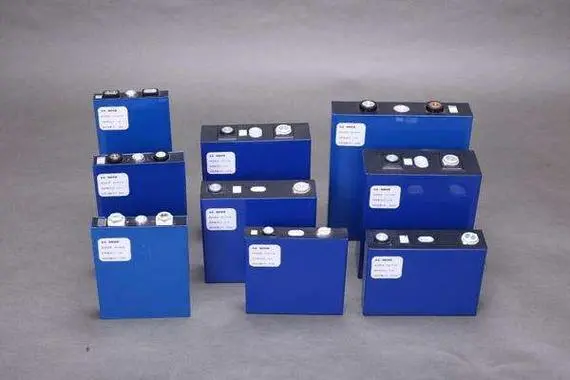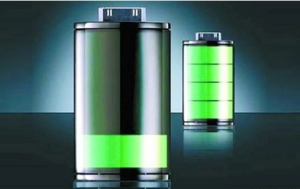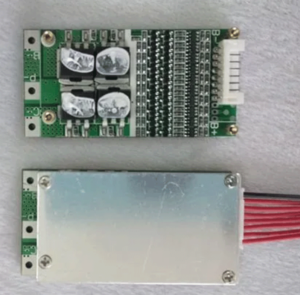A lithium iron phosphate (LiFePO₄) battery is a type of rechargeable lithium-ion battery that uses a cathode material composed of lithium iron phosphate. Here’s a technical description of its components and functioning:
- Cathode (Positive Electrode): The cathode of a LiFePO₄ battery is made of lithium iron phosphate (LiFePO₄) material. This compound is a type of olivine structure, which provides stability and safety to the battery due to its strong chemical bonds. The cathode stores and releases lithium ions during charging and discharging cycles.
- Anode (Negative Electrode): The anode is typically made of a graphite-based material that can intercalate lithium ions during charging and release them during discharging. The movement of lithium ions between the anode and cathode is what enables the battery to store and release energy.
- Electrolyte: The electrolyte is a conducting solution that allows the movement of lithium ions between the cathode and anode while maintaining separation to prevent short circuits. LiFePO₄ batteries often use a liquid or gel-like electrolyte that contains lithium salts dissolved in a solvent.
- Separator: A separator is a thin, porous material that physically separates the cathode and anode to prevent direct contact, which could lead to short circuits. The separator allows lithium ions to pass through while blocking the movement of electrons.
- Cell Housing: The cathode, anode, electrolyte, and separator are enclosed within a cell housing, usually made of metal or polymer materials. The housing provides physical protection and helps maintain the integrity of the internal components.
During charging:
- Lithium ions are extracted from the cathode material (LiFePO₄) and move through the electrolyte towards the anode.
- The lithium ions are intercalated into the anode material, usually graphite, where they are stored.
During discharging:
- The stored lithium ions in the anode move back through the electrolyte to the cathode.
- They are intercalated back into the cathode material (LiFePO₄), releasing energy in the form of electrical current.
Advantages of LiFePO₄ batteries:

- Safety: The olivine structure of LiFePO₄ is more thermally stable and less prone to thermal runaway, reducing the risk of battery fires or explosions.
- Long Cycle Life: LiFePO₄ batteries tend to have a longer cycle life compared to other lithium-ion chemistries, making them suitable for applications requiring frequent charging and discharging cycles.
- Reliability: They offer consistent performance over multiple charge-discharge cycles, making them reliable for various applications.
Disadvantages:
- Lower Energy Density: LiFePO₄ batteries generally have a lower energy density compared to other lithium-ion chemistries, meaning they may have a slightly lower capacity to store energy for a given size and weight.
- Limited High-Current Performance: They might not be as well-suited for applications requiring very high discharge currents.
In conclusion, the world of energy storage is evolving rapidly, and LiFePO₄ technology stands at the forefront. LiFePO₄, with its inherent safety and extended cycle life, has gained popularity as a reliable choice for various applications. Whether it’s a LiFePO₄ 12V battery delivering stable power, a high-capacity LiFePO₄ 280Ah solution for demanding needs, or a compact LiFePO₄ 50Ah option, these batteries offer versatility and dependability. Complementing these batteries, a well-designed BMS for LiFePO₄ ensures optimal performance, efficient charging, and enhanced longevity. As we continue exploring cleaner and more efficient energy solutions, LiFePO₄ remains a pivotal player in shaping the future of sustainable power storage.




